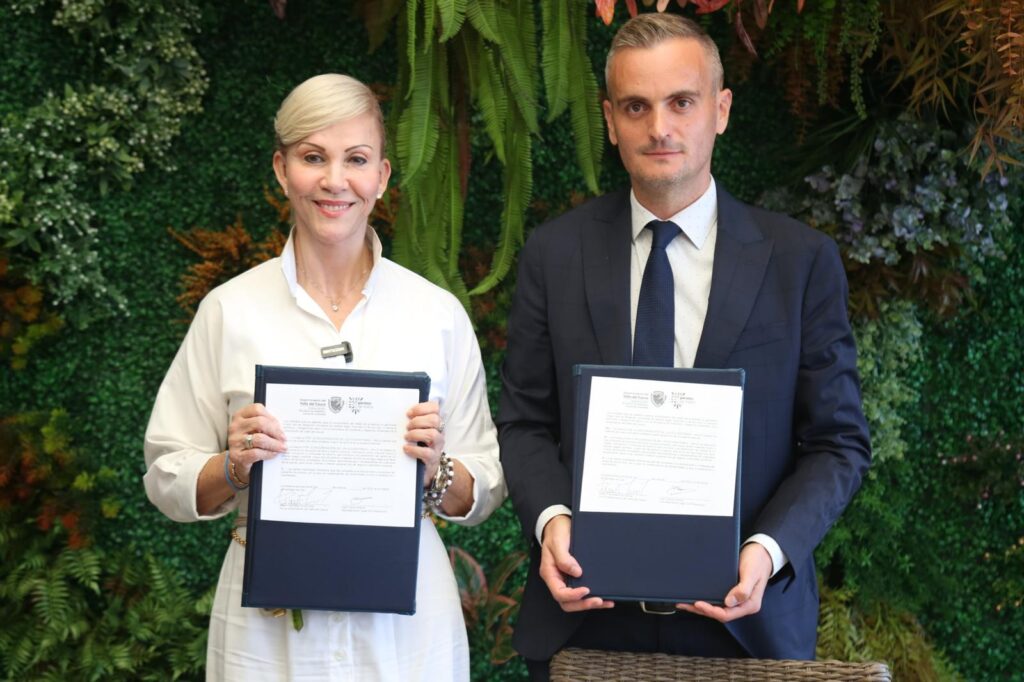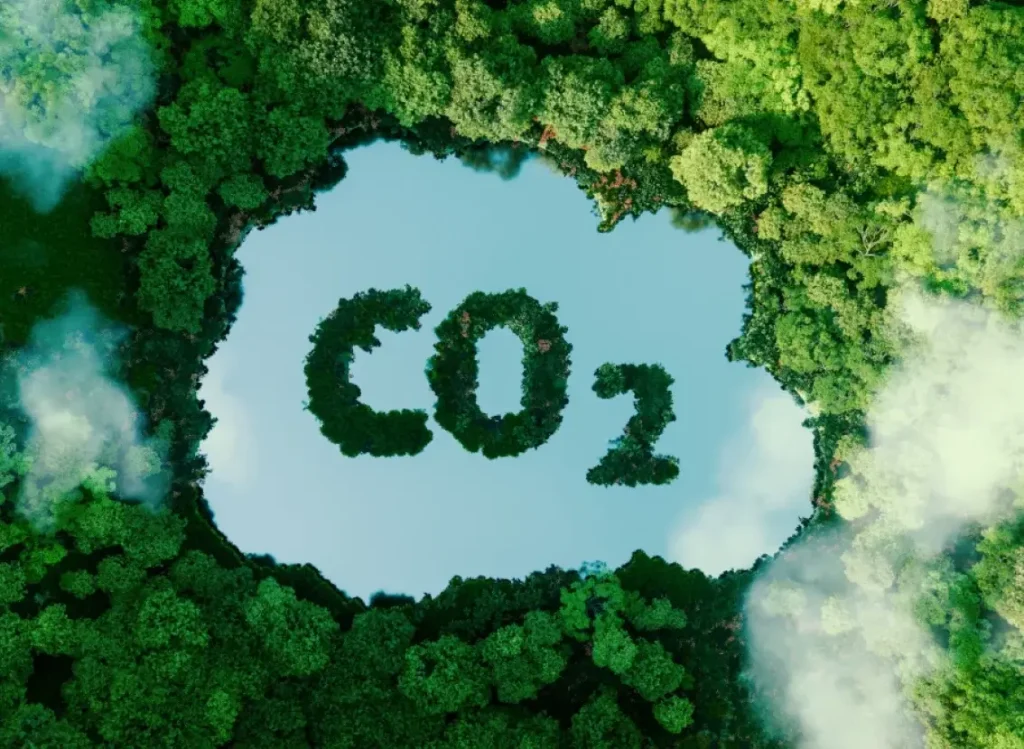Although news in the environmental sector is often negative, it’s sometimes good to find optimistic data. Over the past 30 years, forest mass in Europe has increased by 9%.

Additionally, there has been a sustained annual growth of 80,000 hectares of forests, currently totaling 227 million hectares of forest area. “Europe hasn’t been this green for centuries,” claim scientists from various American and Canadian universities in a report titled “Natural Disturbance Regimes as a Guide for Sustainable Forest Management in Europe.” Some reasons for this growth include the promotion of protection policies, reforestation initiatives, the use of alternative materials to wood for construction or combustion, as well as rural depopulation.
However, a large forest is not necessarily a good forest. What really matters is that the forest is healthy. It’s not about reforesting for the sake of it but about meeting certain criteria to protect the environment. Improper reforestation can lead to problems such as fires or pests. Scientists argue that the best reforestation is natural; that is, it mimics nature’s characteristics by ensuring a diversity of species and the survival of trees and shrubs of different sizes and ages.

At CO2 Revolution, we advocate for this ideology, which is why our reforestation methods focus on biodiversity conservation, CO2 capture, water quality improvement, and soil protection. However, the reality behind the motivation for many reforestation efforts is different. More than 90% of forests in the European Union are intended for timber exploitation. In this regard, according to data from researchers at the University of Vermont, 73% of EU forests tend towards homogenization. This happens because the focus is on profitability rather than environmental benefit. However, such forests are more vulnerable to climate change, so the best way to reforest is by promoting biodiverse forest masses.
Healthy forests generate complete ecosystems and offer significant benefits for sustainability and resilience. They become particularly important in the current context of global temperature increases and the proliferation of extreme climatic phenomena such as droughts and heatwaves, which pose an enormous risk of sixth-generation fires. To avoid these catastrophes, we must promote wildfire prevention, support forest management, and sustainable forest use. In short, taking care of forests is tremendously beneficial not only from an environmental perspective but also socially and economically, as it supports rural communities.


